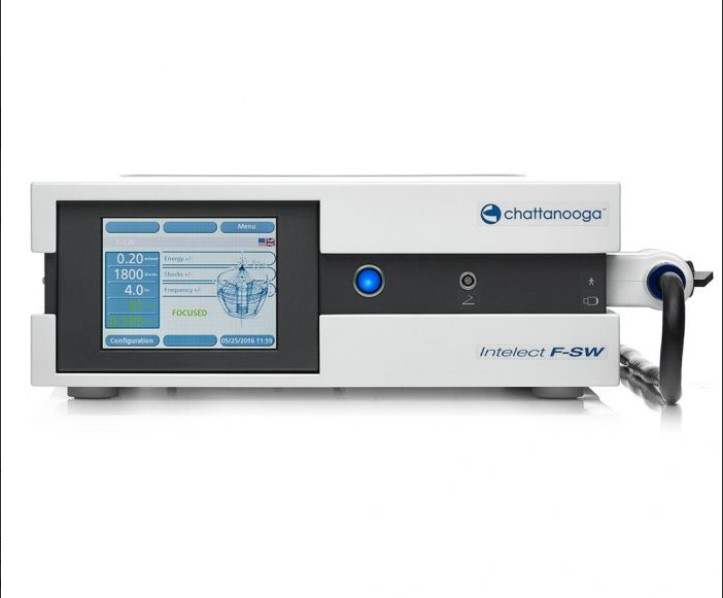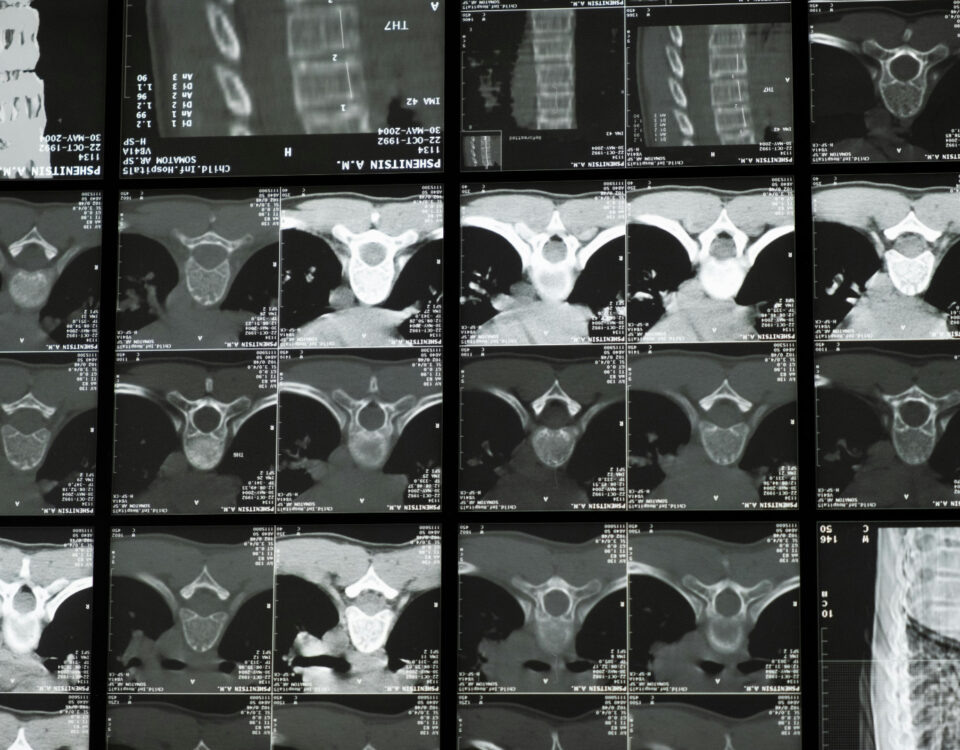Car Accident? What to do?
March 4, 2015What is a dynamic MyoVision Muscle Scan?
March 10, 2015For many years I have been getting calls about DNFT (Directional Non-Force Technique) and somehow my name has been associated with it. I would like to answer this question for the record: Technically, I do not do “DNFT”, but I do use one adjustive maneuver of theirs, although rarely.
DNFT was an “offshoot” technique meaning that a group of doctors essentially broke away and began doing a lot of DNFT – and only DNFT – and describing themselves as DNFT practitioners, but they were not a part of the mainstream. The DNFT style was somewhat proprietary, which I did not identify with. Until today, a search on this website for DNFT would not bring anything up. DNFT as a technique developed in about 1923 and began to be actively practiced around 1945. You hear very little about it these days. It revolves around a quirky “Leg Lift Reflex Check” – which I don’t identify with – but which looks to the uninitiated like a series of standard postural Leg Length Checks.
DNFT did have a fairly cool adjusting maneuver using a thumb contact, which involved a shallow, fast “snappy” directional movement. Even though the name says “non-force”, of course there is some force – it’s just not a lot of force. This is not a move that typically “pops” a joint (unless one does pop on its own). This appeals to people that don’t like twisting and big popping releases – those that like a less invasive style. However, this technique isn’t really unique to DNFT. But I use it, and so there you have it.
I use a number of techniques, mixing them together (hence the term “Mixer”). Over 18 years ago, one of my low-force adjusting techniques was inspired by that DNFT-type thrust. Since then, a lot of things have progressed and now when I want to do a special release like that, I typically use sophisticated, controlled, reciprocating instruments like an Impulse Adjuster to manipulate (although for the majority of adjustments, I use my hands).
DNFT in the meantime has gone out of vogue, with little ongoing research. DNFT “protocol” can still be found out there in small pockets, and it’s an interesting technique and I am not commenting on that either way. You can seek that on the internet if you are of a mind to do it. However, that thumb adjustment style is still practiced because of its mechanical potential.
I will continue to answer that DNFT question the same way in the future: “One of the low force adjustments that I do was inspired many years ago by the DNFT adjusting maneuver.” I’m certainly not a “DNFT Protocol Specialty Provider”, but I can work with people who have experienced DNFT protocol. I will typically be following a Diversified Model, based in Chiropractic Orthopedics, and mixing in what the patient might need to help them stabilize or mobilize, restore a balance, return to or maintain their health, functionality and vitality. Typically, however, I find that “DNFT” people want more DNFT than that. I will typically refer in this instance.
If you want to talk about it, request an appointment and maybe we will mix it in.



